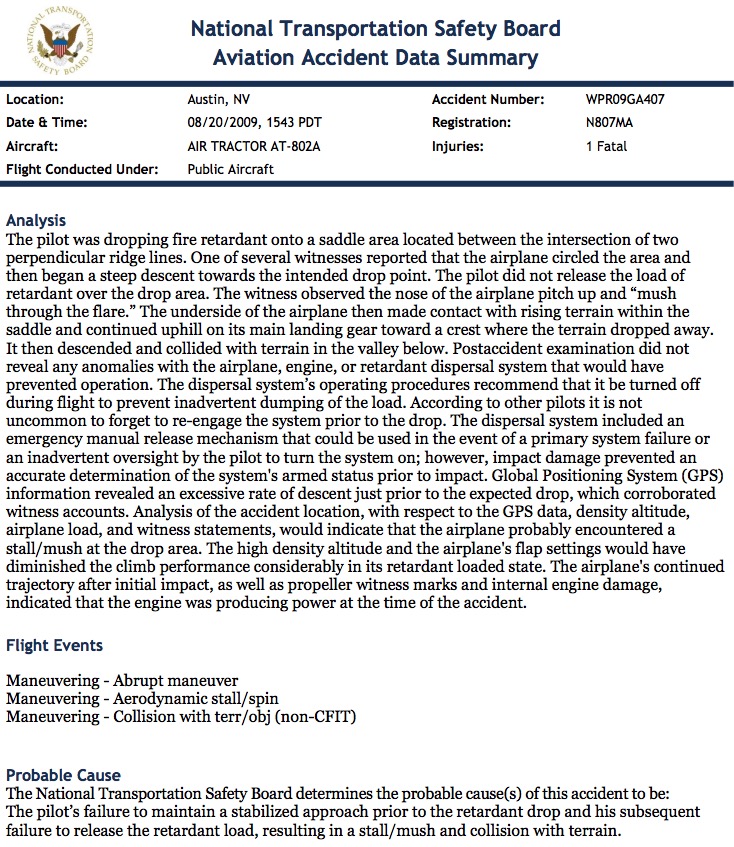Fire chiefs in North Carolina are getting together to try to figure out how to keep a program from shutting down that since 1986 has trained youthful offenders to be firefighters. It appears that the the successful BRIDGE program will be a victim of budget cuts in the state budget.
Here is an excerpt from an article at BlueRidgeNow:
BRIDGE stands for Building Rehabilitating Instructing Developing Growing and Employing. It’s joint effort of the N.C. Forest Service and the N.C. Division of Prisons.
Since 1986 the agencies have trained inmates ages 18 to 25 help crews battle wildfires. BRIDGE has saved taxpayers more than $19 million by working inmates more than 2 million hours, fire officials say.
We know the state has to cut somewhere and any cuts will be painful. But state leaders should consider long- and short-term costs and savings in the case of BRIDGE.
When wildfires rage, they have to be fought. If multiple fires break out across the state, as has occurred during widespread drought, state and local crews benefit from the BRIDGE crews, and so do property owners who homes are threatened.
“As more homes are being built in wooded areas, this program is more important,” Mills River Fire Chief Rick Livingston said. “If we were to lose the resources, namely the BRIDGE crews, we would be setting ourselves up to have fires much the same as in California during dry seasons.”
While that may seem like an exaggeration in our current wet spell, it wasn’t long ago that the Southeast was parched by drought. It will happen again, and when it does, having adequate firefighting resources is a matter of public safety.
Most folks would consider that a primary responsibility of government. But BRIDGE also provides long-term savings to taxpayers in the form of reduced recidivism.
One of the program’s goals is to have inmates develop a strong work ethic and skills so they can become productive members when they are released.
BRIDGE offers inmates a variety of vocational opportunities. In addition to forest management and firefighting, these include painting and sandblasting, portable sawmill operation, masonry and plumbing. Qualified inmates can enroll in light construction courses through Western Piedmont Community College.



